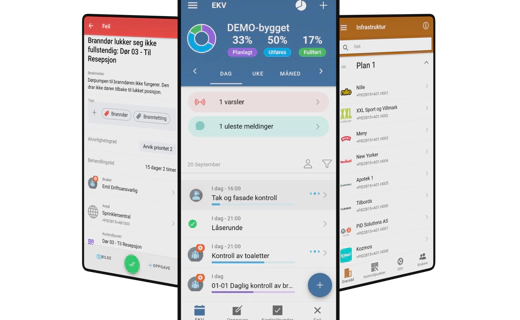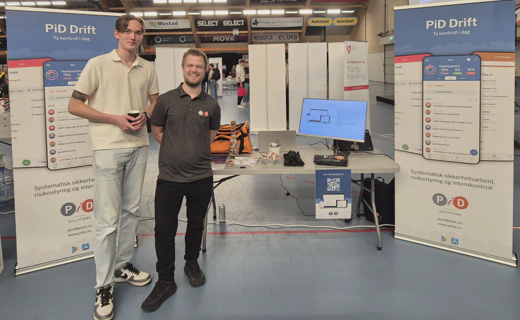Control of the implementation of fire protection measures
2025-05-16 Academic News
This article is written by Jan Tidemand Grosch and Anders Arnhus,
Fire Safety Consultants in PiD Solutions AS.
What is KUT?
Simply explained, KUT is a control that ensures compliance between the designed solution and what is actually carried out on the building.
When is KUT required, and who performs it?
In some projects, the building authority in the municipality decides that a coordinated control of the execution of fire safety measures (KUT fire) shall be carried out. We at PID Solutions carry out both public and private law KUT fire.
Control of execution is most often carried out in connection with a decision on control from the building authority in the municipality, but it is also useful to consider a private law control to protect the client from construction defects in projects where the municipality does not require KUT.
Documentation and advantages of control of execution
An important advantage of controlling the execution of fire technical installations is the certainty that the building meets the intended fire safety level. The owner will have better access to documentation of the production basis such as working drawings, product documentation, assembly instructions, etc. This is information that is often missing in existing buildings, but which is very relevant and in demand in connection with supervision, management, operation and maintenance. In many cases, it is costly and demanding to document this afterwards.
This is part of a KUT fire inspection
Through the inspection, we verify that the fire concept is followed in the construction project. KUT involves checking that there is sufficient working documentation for execution, that there is documentation of execution and building products used, and that there are quality assurance routines and procedures from the executing company. KUT also involves regular physical inspection/verifications in the building. The theme and implementation of the inspections follow the progress plan for the construction project. In this way, we try to uncover any errors at an early stage.
What is done during the inspection inspections?
Inspection inspections and verifications are absolutely necessary in the implementation and documentation of a KUT. The inspection includes not only checking the execution, but also checking the correspondence between the fire concept and the detailed design (drawings, descriptions, assembly instructions, etc.), that the actual execution corresponds to the working documentation and that it is checked that the executing company carries out ongoing quality assurance of the work. If the inspection reveals deviations, it will lead to additional follow-up and inspection of the relevant area.
Scope and follow-up of KUT fire on construction site
Ongoing inspection of the construction work is extensive and will require the inspector to have a high presence on the construction site. A KUT fire will be based on random samples with a focus on inspection at the start of new work such as fire insulation, construction of fire cell walls, installation of fire doors and windows, technical installations. There is also an additional control focus on installations with major fire-technical consequences in the event of a malfunction. The scope of the control will vary with the size and complexity of the measure in the construction project.
Continuous control reports are prepared after each control visit. Deviations and comments documented in the control report are followed up by us. Deviations are closed after satisfactory feedback or correction from the responsible contractor.
KUT fire is concluded with a full-scale test in which technical systems such as fire alarm systems, smoke ventilation, sprinklers/sprinkler valves, door environment, etc. are functionally tested.
Completion of KUT and control statement
At the conclusion of the control, all detected deviations must be closed. This is documented in the final report for the control. When the final control shows that all deviations have been closed, and the full-scale test has not revealed any errors, a control statement can be issued.
For public law KUTs, the control statement is included as documentation for the building authority to issue an occupancy permit.
Contact us for help with controlling the implementation of fire protection measures in your project.





